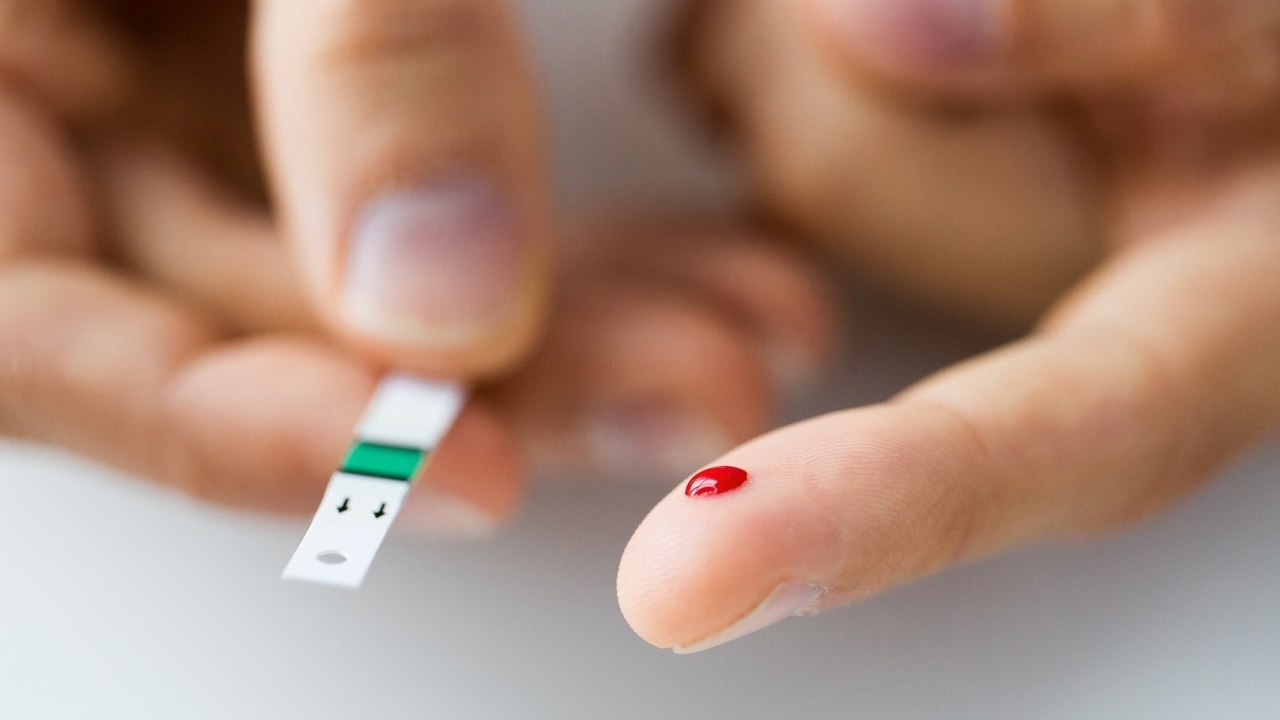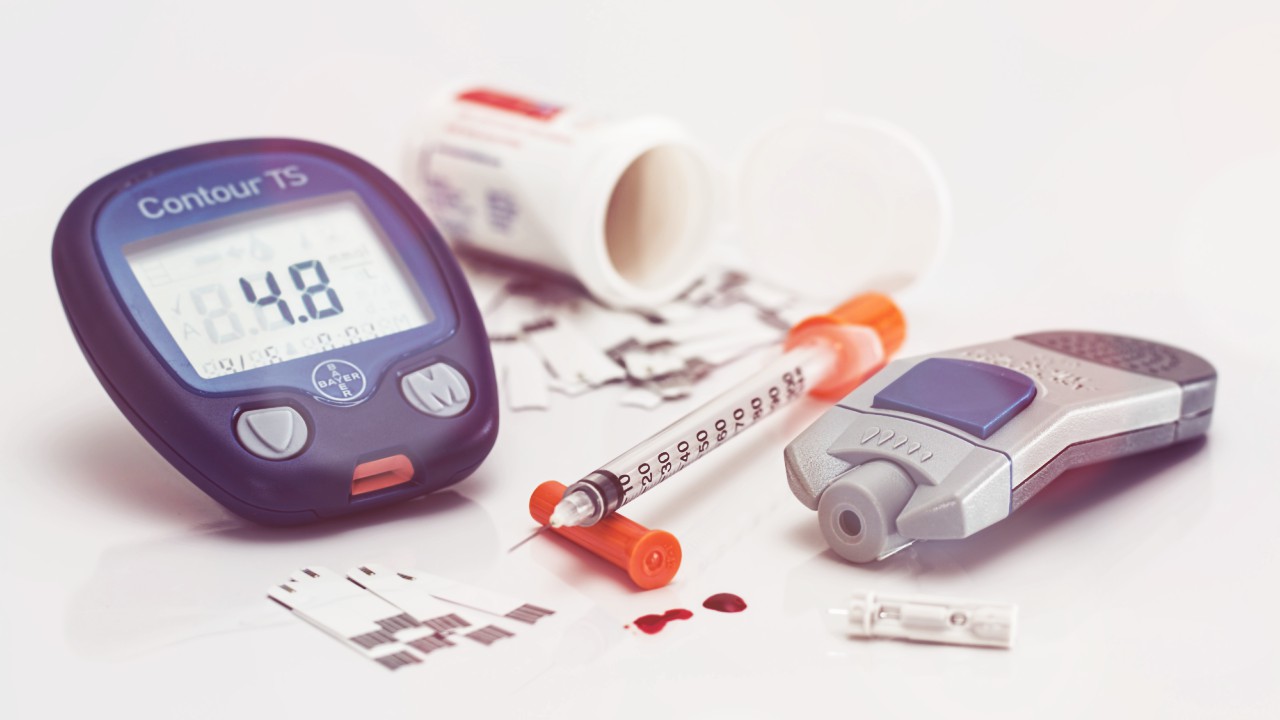 Piotr Marcinski/PhotoSpin
Piotr Marcinski/PhotoSpin
If you have been diagnosed with pre-diabetes it’s important to know what you can do to reduce your risks. Pre-diabetes is a condition that results when your body is not able to regulate your blood sugar or blood glucose level the way it should.
With pre-diabetes, your sugar levels are higher than they should be, but not high enough to be called full diabetes.
When you eat, your body converts food like carbohydrates into sugar or glucose which is carried through the bloodstream to all the cells in your body. Insulin is a hormone that works like a key to unlock the cells so they can take in sugar from your blood.
Without insulin, the sugar remains in the bloodstream and your glucose levels become too high while your cells starve because they cannot access the sugar they need for energy.
Pre-diabetes can occur when your body is not able to produce enough insulin, or when your cells become resistant to insulin so that it cannot work effectively.
Most people with pre-diabetes don’t have any symptoms. If your doctor suspects you are at risk for diabetes, he or she may order a blood test to check your sugar levels.
Anyone can develop diabetes, but there are some factors that can increase your risk of the disease:
• Being over age 40 and overweight
• Having high blood pressure
• Having high triglycerides and low HDL cholesterol
• Having a close family member who has diabetes
• Having gestational diabetes while pregnant
If you are concerned about your risk for diabetes, the American Diabetes Association has a simple test you can take online.
Most people with pre-diabetes don’t have any symptoms. If your doctor suspects you are at risk for diabetes, he or she may order a blood test to check your sugar levels.
Having pre-diabetes puts you at higher risk for developing type 2 diabetes. This type often occurs when your cells become resistant to the insulin your body produces.
Being overweight is a significant risk factor in developing type 2 diabetes. The good news is you have reduce your risk of developing type 2 diabetes by 58 percent just by making simple changes to your diet and exercise routines.
Here’s what you can do:
Lose Weight
A loss of 7 percent of your body weight can significantly reduce your risk of pre-diabetes progressing to full diabetes. If you weigh 200 pounds, that means you need to lose a total of 15 pounds to lower your risk.
Exercise
You don’t need to become a long-distance runner to improve your health. As a long term goal, aim for 30 minutes of moderate exercise 5 times a week. But if you haven’t been exercising, you can start by walking or finding some other exercise that fits your current fitness level.
It is important to remember that a diagnosis of pre-diabetes does not guarantee that you will end up with type 2 diabetes. You can improve your health, lower your risks, and even get rid of your pre-diabetes by improving your weight and fitness.
Talk to your health care provider about specific things you can do to help control pre-diabetes.
Sources:
American Diabetes Association. What to Do If You Have Prediabetes. Web. July 9, 2012.
http://www.diabetes.org/diabetes-basics/prevention/pre-diabetes/if-you-h...
eMedicineHealth. Diabetes Mellitus. Robert Ferry Jr., MD. Web. July 9, 2012.
http://www.emedicinehealth.com/diabetes/article_em.htm
American Diabetes Association. Small Steps to Your Health. Web. July 9, 2012.
http://www.diabetes.org/food-and-fitness/fitness/getting-motivated/small...
American Diabetes Association. Pre-Diabetes FAQ. Web. July 9, 2012.
http://www.diabetes.org/diabetes-basics/prevention/pre-diabetes/pre-diab...
American Diabetes Association. How to Tell if You Have Diabetes or Pre-Diabetes. Web. July 9, 2012.
http://www.diabetes.org/diabetes-basics/prevention/pre-diabetes/diagnosi...
American Diabetes Association. Diabetes Risk Test. Web. July 9, 2012.
http://www.diabetes.org/diabetes-basics/prevention/diabetes-risk-test/
Reviewed August 22, 2012
by Michele Blacksberg RN
Edited by Jody Smith





Add a CommentComments
There are no comments yet. Be the first one and get the conversation started!